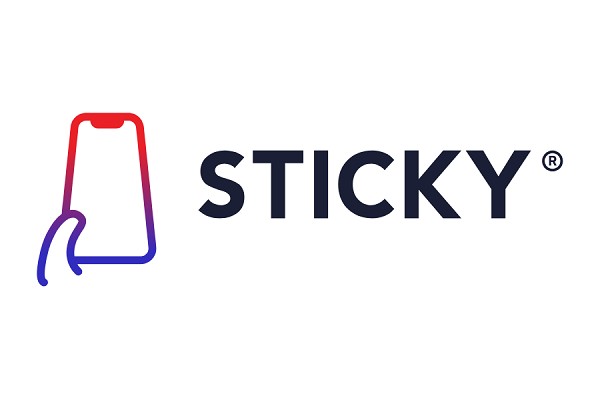Asset Tracking, ESLs, and the Power of the Low Code Platform: Retail Reinvented
Today's retail environment is marked by a seamless blend of digital and physical interactions. As the industry embraces a tech-centric approach, asset tracking and ESLs, underpinned by Sticky’s low code and NFC technology, are transforming customer experiences and operations from the ground up, automating processes for greater efficiency and engagement.
Asset Tracking: The Backbone of Modern Retail
Effective asset tracking has emerged as the backbone of retail logistics, providing atransparent overview of stock movement and inventory levels. Sticky leverages NFC to ensure accuracy, security, and reduce the time spent in managing stock, allowing businesses to focus on innovation, engagement, and customer service. Automated systems further streamline these processes, enhancing responsiveness and reducing manual effort.
The ESL Revolution
Electronic Shelf Labels are enhancing the way retailers communicate with customers. These smart labels offer real-time updates on pricing, promotions, and stock levels, streamlining operations and enriching the shopping experience. Beyond pricing, the Sticky ESL canactivate personalised interactions, guiding shoppers through a curated retail journey, including fast, automated checkout under 10 seconds.
Innovation Beyond the Shop Floor
In the realm of window displays, NFC-enabled Stickies are not just a means to displayproduct information but are becoming a gateway for shoppers to connect with brands in new and exciting ways. Sticky technology allows consumers to interact with products through their smartphones at any time, merging the immediacy of physical retail with the convenience of mobile shopping, facilitated by automated interactions.
Sticky Technology: Fostering Collaboration and Innovation
Sticky technology is not just reshaping customer interaction; it’s also revolutionising in-housecollaboration. By utilising Sticky's low code platform with its open API, retailers are empowered to develop tailored solutions that address specific operational challenges. These developer tools facilitate the customisation of applications, ensuring that automation can be finely tuned to the unique demands of each retail environment. This collaborative approach harnesses the collective expertise of teams, fostering innovation, and driving efficiency through automation.
During retail's technological revolution, the low-code platform and NFC technology are becoming increasingly significant, with Sticky at the forefront of this transformation. These technologies are poised to be common place in the industry, providing a seamless integration of convenience and interactive shopping experiences for customers, all automated for precision and speed.
Sustainable Integration in Retail
The commitment to sustainability is reinforced by Sticky's low code platform, which minimises the need for excess hardware. This reduction aligns with our aim to lower the environmental impact, by not only cutting back on waste but also by reducing the energy consumption typically associated with manufacturing and running additional hardware. The move towards digital solutions, like electronic receipts, further reduces the reliance on paper, supporting a more sustainable retail ecosystem, and is facilitated by automated digital processes that increase operational efficiency.
Looking ahead, the retail landscape continues to evolve with low code at its core. Sticky is leading the charge, offering tools that not only simplify complex processes but also automate and elevate the customer experience. In this dynamic field, Sticky technology stands out as a key enabler of the retail industry's future, promising more connected and intuitive shopping environments.
As retailers navigate this new digital frontier, Sticky is instrumental in delivering the promise of tomorrow's retail today. They represent the convergence of innovation, practicality, and automated efficiency, ensuring that the future of retail is transactional, creating engagement, and efficient shopping experiences.



